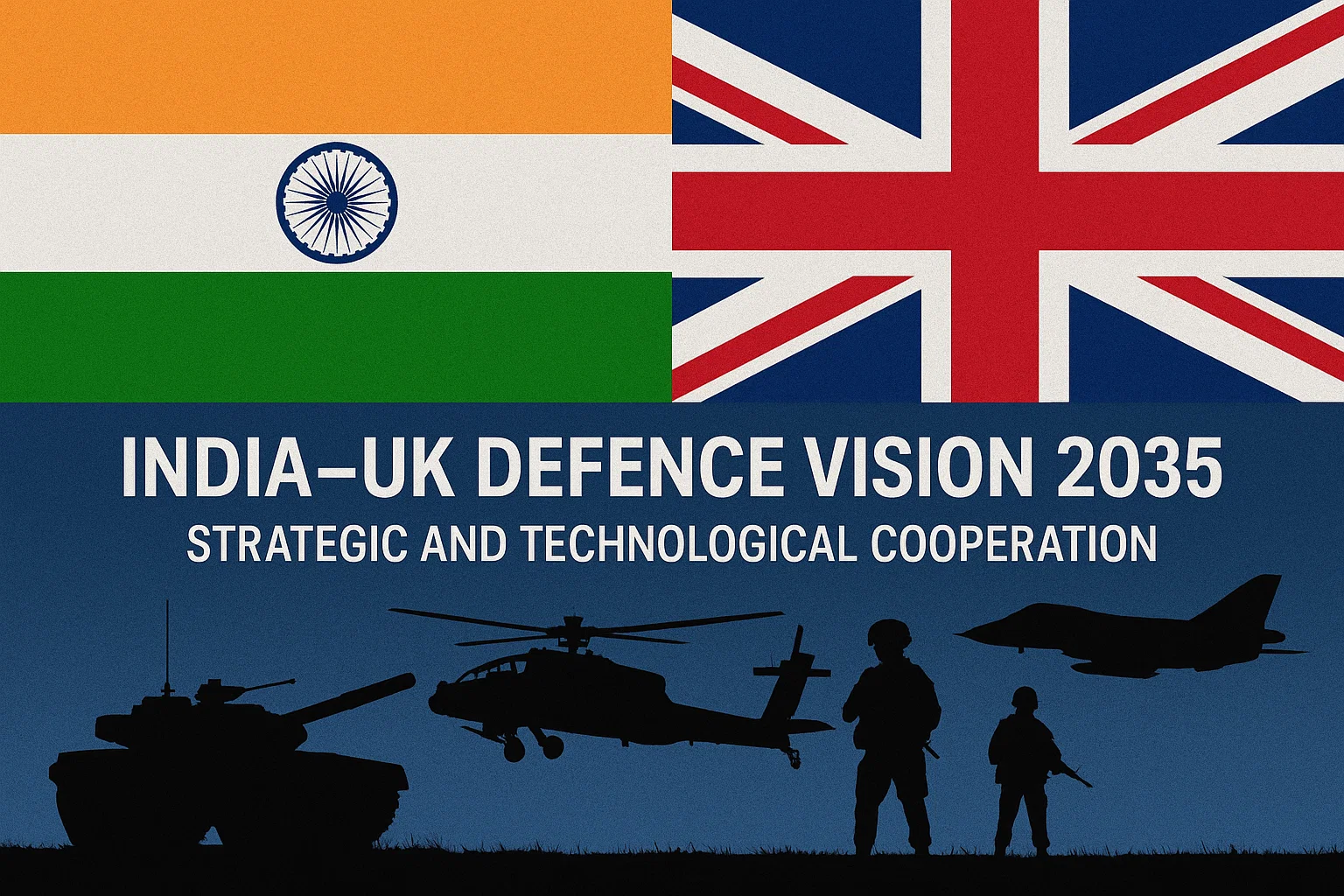Font size:
Print
BRICS and the Quad: Time for India to Embrace Grounded Geopolitics
BRICS and Quad Fatigue: Why India Must Prioritise Real Power Over Illusions
Context: In the face of growing geopolitical turbulence and shifting global alliances, India must recalibrate its foreign policy by moving beyond ideological multilateralism through BRICS and the Quad. Instead, the focus should be on pragmatic bilateralism, domestic consolidation, and strategic engagement with the Global South to secure national interests.
Why is there a need for pragmatic, interest-based foreign policy, in the current global context?
- Rising Global Uncertainty: Geopolitical flux due to Trump’s return, tensions in the Indo-Pacific, Russia-China closeness, and SAARC’s irrelevance make it crucial for India to act pragmatically.
- Shifting Alliances: Neither BRICS nor the Quad is functioning optimally.
- BRICS is fragmented, especially due to the India-China rivalry, and Quad is facing internal friction due to Trump’s transactional diplomacy.
- China’s Aggression: China is aggressively shaping regional forums and expanding influence in South Asia, Latin America, and Africa.
- India’s National Interests: Strengthening economic reform, domestic cohesion, and subcontinental leadership should take precedence over idealistic multilateral ambitions.
When and where is this shift in India’s foreign policy being seen?
- Timing: The shift is evident during PM Modi’s July 2025 multi-nation tour covering Brazil (BRICS Summit), Argentina, Trinidad & Tobago, Ghana, and Namibia.
- Geographic Outreach: Emphasis is on bilateral engagement with the Global South, particularly Latin America and Africa, regions where China is expanding influence.
What is BRICS and why is it now losing relevance for India?
-
What is BRICS?
-
-
- A group of five major emerging economies — Brazil, Russia, India, China, South Africa.
- Founded in 2009, it aimed to challenge Western dominance and promote a multipolar world.
- Expanded in 2023 to include more members like Egypt, UAE, Ethiopia, etc.
-
-
Why is BRICS less useful for India today?
-
- India-China tensions (Doklam 2017, Galwan 2020) prevent genuine strategic cooperation.
- Argentina refused BRICS membership, indicating global skepticism.
- Russia-China dominance undermines balanced leadership.
- BRICS rhetoric on alternatives to Western institutions (e.g., de-dollarisation) hasn’t translated into action.
- China and Russia pursue bilateral deals with the US, weakening BRICS’ cohesion.
What is the status of the Quad and how is it being challenged?
-
What is the Quad?
-
-
- Strategic grouping of India, US, Japan, and Australia aimed at ensuring a free, open, and inclusive Indo-Pacific.
- Revived in 2017 post-Doklam standoff.
- Key areas: Maritime security, supply chain resilience, emerging tech, climate.
-
-
Why is Quad under stress now?
-
- Trump’s “America First” policy undermines alliance cohesion:
- Demand for 3% defence spending strains ties with Japan, Australia.
- Interest in striking a “big beautiful deal” with China raises doubts.
- Trump’s outreach to Pakistan adds to Indian concerns.
- Allies uncertain if China containment remains US strategic priority.
- Trump’s “America First” policy undermines alliance cohesion:
How is China expanding its influence where India is now re-engaging?
- In South Asia: Building China-Dhaka-Islamabad trilateral, sidelining SAARC.
- Indian Ocean: Launched its own forum, bypassing India.
- In Latin America and Africa (Modi’s tour destinations): Deep trade, tech, and investment links with Argentina, Brazil, Ghana, Namibia.
- India’s response: Reclaim influence through bilateralism, focus on trade, tech, defence, not ideological blocs.
How should India respond ?
- Focus on domestic reforms: Strengthen economic fundamentals, build state capacity.
- Reclaim regional leadership: Engage Bangladesh, Sri Lanka, Maldives, Bhutan, counter China’s neighborhood architecture.
- Avoid ideological baggage: Don’t overinvest in BRICS-style global vision or rely solely on Quad.
- Build bilateral ties: Engage countries bilaterally for technology, trade, and defence partnerships.
- Promote multipolar Asia: Hedging not against the US but against China’s hegemony.


